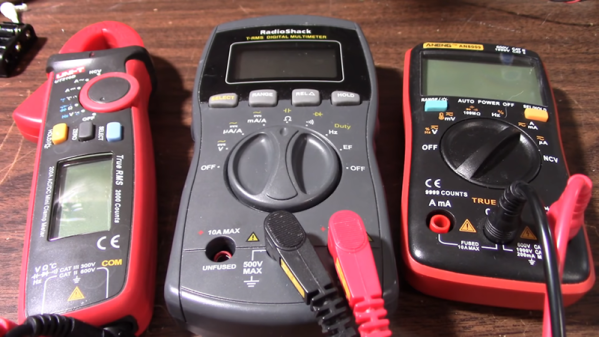Miss your shot and scratch on the eight ball? It’s natural to blame the table for not being level so you can save face, but in all likelihood, you’re probably right. [Huygens Optics]’s father never misses a billiards shot on his home table, until one day he did. [Huygens Optics] rushed to his aid and built an extremely precise spirit level for the table so it will never happen again.
First and foremost, he had to decide how sensitive the spirit level should be. Obviously, the table should be as level as possible, though other factors like the condition of the felt will come into play as well. In doing some calculations, he found that every degree of leveling error in the table translates to several millimeters of ball unevenness and deviation, so he wanted the level to have .01 degrees of accuracy. How he manages this feat of grinding and polishing in a hobbyist workshop is all captured in the fascinating video after the break.
The level is made from two disks cut from leftover 15mm borosilicate glass. Between the disks is a 4mm cavity for the liquid (ethyl alcohol) and the air bubble to move around. To avoid introducing error with uneven adhesive application, [Huygens Optics] tried to join the disks using optical contact bonding, wherein two surfaces stick together through the magic of intermolecular forces, like the one that keeps geckos attached to vertical things. That worked quite well until he added the liquid, which broke the bond. Instead, he used a thin, UV-curable epoxy.
Getting into optics doesn’t have to cost a lot. Instead of buying or grinding lenses for experimentation, you can laser-cut lens profiles out of acrylic.
Continue reading “Next Level Spirit Level Is On The Level” →















